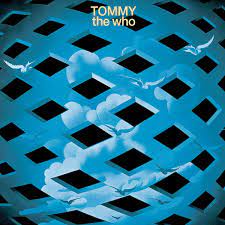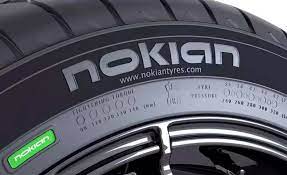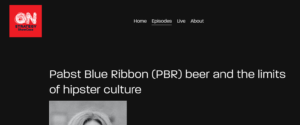Tell Me About Your Advertising.
Where the rubber meets the road in my brand strategy practice is in the questions and answers. I have a battery called 24 Questions that revolve around money. How do you make it? Where does it come from? When competitors get your money, why? Margins? Low hanging fruit? Recurring? You get the idea? When I have answers to these kinds of questions, it’s easier to build a case for strategy when selling senior executives.
But I use a whole other battery of questions for brand strategy input. Some are sales focused. Others management focused. And others target focused. For instance, when I’m interviewing cyber security experts, I’m conversing more as a tyro colleague than, say, Uncle Lou at Thanksgiving. That takes some prep.
Lately, one question I’ve been thinking about asking is “Tell me about your advertising?” An open-ended question, this presumes a company actually does advertising. People in the marketing dept may be able to answer this question thoughtfully. As may the CFO, who funds it.
 That said, 85% of advertising today is shit. Most company employees will agree. I can watch TV ads and more often than not haven’t a clue as to the strategy. Most of it is “See me, here me, touch me.” Not “Why Me.” When interviewing lay people about their company/brand advertising, it’s what’s missing that is most telling. Non-advertising people will tell you what the ads should say. And that is input.
That said, 85% of advertising today is shit. Most company employees will agree. I can watch TV ads and more often than not haven’t a clue as to the strategy. Most of it is “See me, here me, touch me.” Not “Why Me.” When interviewing lay people about their company/brand advertising, it’s what’s missing that is most telling. Non-advertising people will tell you what the ads should say. And that is input.
Peace.










